Results 8,821 to 8,830 of 12096
Thread: Anandtech News
-
11-09-18, 03:28 PM #8821
Anandtech: In The Lab: Double Capacity 2x32GB DDR4 from G.Skill and ZADAK
One of the interesting things to come out of the news in recent weeks is the march to double capacity memory. In today’s market, memory modules for consumer grade computers have a maximum of 16GB per module. This is unbuffered memory, and the standard for home computers and laptops. However recently there have been two major announcements causing that number to double from 16GB to 32GB: Samsung has developed double capacity ICs to drive up to 32GB per module with the same number of chips, but also a couple of DRAM vendors have found a way to put two times as many ICs on a 16GB module to make it up to 32GB. Both G.Skill and ZADAK fall into that latter category, and now we have both of these kits in the lab for review.
More...
-
11-11-18, 06:28 PM #8822
Anandtech: Intel Offers More Cascade Lake-AP Performance Numbers
One of the announcements from last week involved Intel and its new Cascade Lake Advanced Performance category of processors to launch next year. These new processors will be based on combining two 24-core Cascade Lake-SP processors on a single package substrate to offer a single socket 48-core option with a total of twelve memory channels. The Cascade Lake-AP parts are going to be launched next year, and until then Intel is putting out some internal benchmark numbers.
Vendor Benchmark Results
When we are this far away from a product launch, all benchmark numbers should be taken with a grain of salt. This goes doubly so for vendor supplied benchmarks. However, Intel is on the warpath to promote what it sees as a new product family within its portfolio, even if it is only set to come out next year.
At the announcement last week, Intel offered Linpack and Stream Triad as two main high-performance metrics as comparison. Today Intel is also offering more ‘real world’ metrics. These metrics are, to quote Intel, ‘estimates based on pre-production hardware’. This means that the hardware is not ready yet, and these are values based on the engineering samples running but extrapolated to an expected benchmark value. Add another dump truck of salt on these numbers.
Intel’s official list of results are as follows:
The slide with this data is in the gallery below.Intel's Benchmark Numbers
for 2S 48 Core Cascade Lake-APBenchmark Type Score vs 2S EPYC 7601 *These numbers were created by Intel Linpack Numerical Linear Algebra 3.4x Stream Triad Memory Bandwidth 1.3x MILC Quantum Chromodynamics 1.5x WRF Weather Forcasting 1.6x OpenFOAM Computational Fluid Dynamics 1.6x NAMD (APOA1) Molecular Dynamics 2.1x YASK (ISO 3DFD) HPC Kernel Tuning 3.1x
In each case, Intel is comparing a dual-socket Cascade Lake-AP system with a dual socket EPYC 7601 system. Intel’s information slides go through how it set up all of its AMD systems in detail, however it does not disclose how the Cascade Lake-AP systems are set up by comparison, presumably as to not disclose any additional set-up numbers.
For the most part, we don’t put much stock into vendor supplied benchmark numbers. It’s easy for a vendor to claim a multiple when doubling particular compute resources, but when it comes to real world tests, companies like Intel have to try and promote its future products to potential customers. This is what this is. However, no matter how many numbers come out, these are impossible to verify independently. Wait until the AnandTech review, of course.
Intel also disclosed a number of ecosystem partners who are getting ready to deploy Cascade Lake-AP, as well as an offical declaration of the Cascade Lake-AP deployment at HLRN.
Cascade Lake-AP is set to be launched alongside the Cascade Lake-SP in the first part of 2019, although Intel states that Cascade Lake-SP will ship for revenue in 2018. This week we are at the Supercomputing trade show - hopefully there will be a demo somewhere that we’ll be able to see and talk about.
Gallery: Intel Offers More Cascade Lake-AP Performance Numbers





More...
-
11-12-18, 10:26 AM #8823
Anandtech: Naples, Rome, Milan, Zen 4: An Interview with AMD CTO, Mark Papermaster
At AMD’s Next Horizon event this week, the company disclosed for the first time the layout of its next generation EPYC processor, the new Vega Radeon Instinct datacenter compute accelerators, as well as a strong confidence that its execution on 7nm will be a big win. If there’s anyone at AMD prepared to talk about execution, it’s the Chief Technology Officer, Mark Papermaster.
More...
-
11-12-18, 10:26 AM #8824
Anandtech: TACC Frontera: Targeting 210W Next-Gen Xeons and Extreme Performance
The Frontera supercomputer is the next generation high performance machine set to debut at the Texas Advanced Computing Center (TACC). As part of Intel’s HPC Forum, being held just before the annual Supercomputing conference, a number of disclosures about the design of Frontera (Spanish for ‘Frontier’) were made. One of which is certainly worth highlighting: this is not a supercomputer that is going to worry about performance per watt – this is all about the peak performance.
More...
-
11-12-18, 11:32 AM #8825
Anandtech: Microsoft Releases Surface Go LTE
Earlier this year, Microsoft launched their lower cost, smaller Surface Go. With a display size of 10 inches, and weighing 1.15 lbs, or 515 grams, it’s a more portable version of the popular Surface Pro.
Today Microsoft is announcing a new LTE variant for those that want to use the convertible PC even more on the go. The Surface Go has been paired with the Qualcomm X16 modem, which is the same modem they used in the Surface Pro LTE.
The new Surface Go LTE is available for pre-order now, starting at $679, which is a $130 increase over the same 8 GB / 128 GB Wi-Fi model, or $729 for commercial customers which will probably mean a bump up to Windows 10 Pro.Microsoft Surface Go Surface Go Specifications CPU Intel Pentium Gold 4415Y (Kaby Lake-Y)
2 core, 4 thread, 1.6 GHz base frequencyGPU Intel HD 615
24 EUs 850 MHz boost frequencyDisplay 10-inch PixelSense
1800x1200 3:2 aspect
216 Pixels Per Inch
10-point Multitouch
Surface Pen supportDimensions 245 x 175 x 8.3 mm
9.6 x 6.9 x 0.33 inchesWeight 515 grams (WiFi)
1.15 lbs (WiFi)RAM 4 or 8 GB LPDDR3-1866 Storage 64 GB eMMC
128 / 256 GB NVMe SSD optionalWireless 802.11ac with Bluetooth 4.1
Qualcomm Snapdragon X16 LTE Optional
Cat 9 modem, 22 bands, 450 Mbps download speedBattery Up to 9 hours of video playback
24W ChargerCameras Windows Hello IR camera
5 MP Front Camera with 1080p video
8 MP Rear Camera with 1080p videoPorts USB Type-C 3.1 Gen 1 with power delivery
Surface Connect
MicroSD
HeadsetPrice 4GB/64GB $399
8GB/128GB $549
8GB/128 GB LTE $679
Windows 10 Pro $50 extra
The new model will be available in 23 markets by November 22, and more are coming after that.
Source: Microsoft
More...
-
11-13-18, 10:12 AM #8826
Anandtech: AMD Launches High-Frequency EPYC 7371 Processor
AMD has announced its new high-frequency EPYC 7371 processor designed for applications that benefit from high clocks. The CPU has 16 cores and is aimed at tasks like electronic design automation, high-frequency trading, and other. The EPYC 7371 can work in dual-socket configuration, thus offering up to 32 cores and 64 threads per box.
The AMD EPYC 7371 processor features 16 cores with SMT (spread across four eight-core Zen dies), 64 MB of L3 cache, an eight-channel DDR4 memory subsystem, and 128 PCIe lanes. The CPU features a 3.1 GHz default frequency, yet can run all cores at 3.6 GHz, or just eight cores at 3.8 GHz.
Being aimed at workloads that need a high single-thread performance, the EPYC 7371 takes advantage of its massive L3 cache along with its rather high frequencies. Meanwhile, its ability to work in dual-socket configuration is a major advantage that the EPYC 7371 has over other high-clock CPUs because the processor still enables 32 physical cores and 64 threads per system.
What is particularly noteworthy about the EPYC 7371 processor is that it is not officially listed over at AMD’s website. Perhaps, this part was initially offered to select customers only as an “off-roadmap” SKU, but demand from HPC vendors and traders encouraged AMD to expand availability of the chip to a broader range of its customers.AMD EPYC Processors (2P) Cores
ThreadsFrequency (GHz) L3 DRAM PCIe TDP Price Base All Max EPYC 7601 32 / 64 2.20 2.70 3.2 64 MB 8-Ch
DDR4
2666
MT/s8 x16
128
PCIe180W $4200 EPYC 7551 32 / 64 2.00 2.55 3.0 180W >$3400 EPYC 750132 / 64 2.00 2.60 3.0 155W/170W $3400 EPYC 745124 / 48 2.30 2.90 3.2 180W >$2400 EPYC 740124 / 48 2.00 2.80 3.0 155W/170W $1850 EPYC7 7371 16 / 32 3.10 3.60 3.8 ? ? EPYC 735116 / 32 2.40 2.9 155W/170W >$1100 EPYC 730116 / 32 2.20 2.7 155W/170W >$800 EPYC 728116 / 32 2.10 2.7 32 MB 155W/170W $650 EPYC 72518 / 16 2.10 2.9 120W $475
AMD plans to start selling its EPYC 7371 chip in Q1 2019, so before its next-generation EPYC ‘Rome’ chips will become available. The manufacturer did not touch upon pricing of its chip as it will naturally depend on volumes and other factors.
Related Reading:
- AMD’s Ryzen Threadripper 2950X CPU Now Available
- Naples, Rome, Milan, Zen 4: An Interview with AMD CTO, Mark Papermaster
- AMD EPYC for ATX Workstations: GIGABYTE MZ01-CE0 & MZ01-CE1 Motherboards
- AMD Previews EPYC ‘Rome’ Processor: Up to 64 Zen 2 Cores
- Dissecting Intel's EPYC Benchmarks: Performance Through the Lens of Competitive Analysis
- AMD's Future in Servers: New 7000-Series CPUs Launched and EPYC Analysis
Source: AMD
More...
-
11-13-18, 10:12 AM #8827
Anandtech: Buffalo Unveils New 10GBase-T Network Card with 2.5G+5G
One of the interesting elements in NBase-T networking is how and when companies are releasing new multi-gig 2.5G+5G+10G controllers to the market. This week Buffalo lifted the lid their newest card, which is using a unique controller implementation we’ve not seen in the wild before.
The LGY-PCIE-MG expansion card is a PCIe 2.0 x4 card designed for commercial systems with a standard RJ-45 port but capable of 1G, 2.5G, 5G and 10G networking connectivity. The key part of the card, the MAC and PHY, comes from a combination of a Tahuti Networks TN4010 multi-speed MAC and Marvell’s Alaska M 88E2180 PHY. Up until this point, any multi-gig Base-T working implementation has been using Aquantia solutions, or we’ve recently seen Realtek controllers for 2.5G, but now we have a true second player in the multi-gig space. The Marvell controller was actually announced back in May 2017, so it seems there has been a long lead time before coming to market. The obvious players missing from this set are Broadcom, Qualcomm, and Intel.
The Buffalo LGY-PCIE-MG card is designed to work with operating systems from Windows 7 and up, as well as Windows Server 2012 and up. Power consumption is listed in the specification sheet at 6.1W, and has an operating temperature window of 0-55C (which seems low?). The RRP of the card is £155 (UK), which is substantially higher than current Aquantia solutions on the market, which are around £100.
Related Reading- Aquantia’s Gamer Edition AQtion AQN-107 10 GbE NIC Available
- Aquantia Multi-Gig: Single Chip USB 3.0 to 5G/2.5G Dongles Coming Soon
- Aquantia to Sell Its 5G and 10G Network Cards for $59 and $69 on Black Friday
- Dell Now Offers Aquantia AQtion AQN-108-Based 5 GbE Cards with Select PCs
- ASUS Launches XG-C100C 10 GBase-T Adapter: Aquantia AQC107, $99
- Things We Missed: Realtek Has 2.5G Gaming Ethernet Controllers
More...
-
-
11-13-18, 02:29 PM #8829
Anandtech: First AMD EPYC Rome Motherboard Spotted
Part of AMD’s recent pre-announcement of its next generation Rome server processors, using 7nm chiplets and running up to 64 cores, is that the new processors will be compatible with current motherboards on the market. However, one of the new features of Rome is the use of PCIe 4.0. PCIe 4.0 has different standards for on-board signalling in order to get the required speed, so even though the processors are backwards compatible with PCIe 3.0, we expect new motherboards and new systems to be developed with PCIe 4.0 specifications in mind. Today, we saw the first early revision of such a motherboard.
More...
-
11-13-18, 03:41 PM #8830
Anandtech: Western Digital Announces Ultrastar DC ME200 Memory Extension Drive
Western Digital on Monday introduced its new special-purpose SSD designed to speed up in-memory processing applications. The new Ultrastar DC ME200 Memory Extension Drive uses proven hardware and comes with special software that creates virtualized memory pools.
From hardware standpoint, the Ultrastar DC ME200 belongs to the Ultrastar SN200 family launched about two years ago. The drive is based on a proprietary controller and paired with Western Digital’s 128 Gb planar MLC NAND memory. The drive comes in U.2 and PCIe 3.0 x8 HHHL card form-factors, making it drop-in compatible with most existing x86 servers. WD is offering 1 TB, 2 TB, and 4 TB versions of its Ultrastar DC ME200 drives, all rated for up to 17 drive writes per day over a three-year period.
Meanwhile when it comes to speed, the special-purpose SSD should perform in line with the SN200-series. But the key thing about performance of the Ultrastar DC ME200 are not sequential reads or writes, but ability to speed up select applications that use in-memory processing.
As noted above, the Ultrastar DC ME200 comes with software that allows the NAND flash to be “seen” as system memory by the operating system. The software supports advanced prefetch algorithms that the company claims enables near-DRAM performance in applications that use in-memory processing (e.g., Redis, Memcached, SGEMM, MySQL, etc.). Western Digital recommends to install one Ultrastar DC ME200 per socket, essentially extending system memory capacity upwards of eight-fold.
By using the Ultrastar DC ME200 owners of datacenters can potentially reduce their spending on DRAM while still ensuring high performance for their large databases that require a lot of system memory. For example, a server featuring 256 GB of DDR4 and a 2 TB memory extension drive costs 25% less than a system with 1.5TB of DDR4.
Western Digital’s Ultrastar DC ME200 memory extension drive are sampling with select customers. Pricing has not been announced because it depends on volumes and other factors.
Related Reading:Western Digital Ultrastar DC ME200 Specifications Ultrastar DC ME200 Capacities 1 TB
2 TB
4 TB1 TB
2 TB
4 TBForm Factors HHHL add-in card 2.5-inch U.2 Interface PCIe 3.0 x8 (NVMe 1.2) PCIe 3.0 x4 (NVMe 1.2) Controller Proprietary NAND 128 Gb MLC made using 15 nm process technology (?) Write Latency 512 B 20 ms Power Idle 9 W Operating 25 W Endurance 17 DWPD Supported Processors Intel Xeon E5-x6xx v3 or later, E7-x8xx v3 or later Intel Xeon Bronze, Silver, Gold, or Platinum Supported Operating Systems Linux 64-bit OS
RHEL 6.5, 6.6, 6.7, 6.8, 6.9, 7.0, 7.1, 7.2, 7.3, 7.4 SLES 11-SP4, 12, 12-SP1, 12-SP2
Fedora Core ver. 4 to 27; Open SuSe ver. 10 to 11 Ubuntu Server ver. 16.04 to 17.10; Debian 9.5.0MTBF ? Warranty Three years
- HGST Ultrastar SN200 Accelerator: 7.68 TB Capacity, 6.1 GB/s Read Speed, 1.2M IOPS
- HGST Launches Ultrastar DC SS530 SSDs: 3D TLC NAND, 15.36 TB, SAS 12 Gbps
- Western Digital Launches HGST Ultrastar SS300 SSDs: 3D NAND for Data Centers
More...
Thread Information
Users Browsing this Thread
There are currently 11 users browsing this thread. (0 members and 11 guests)




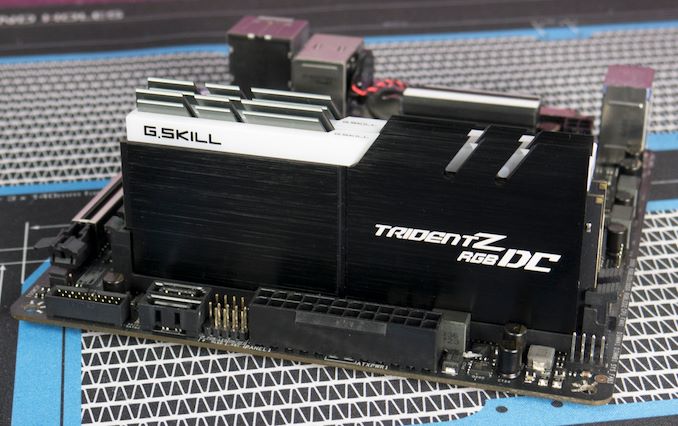

 Quote
Quote
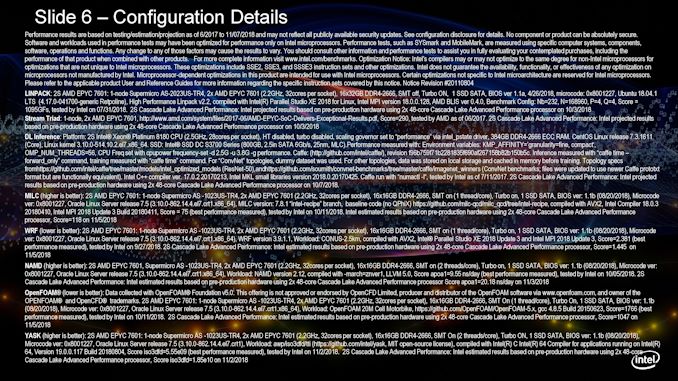
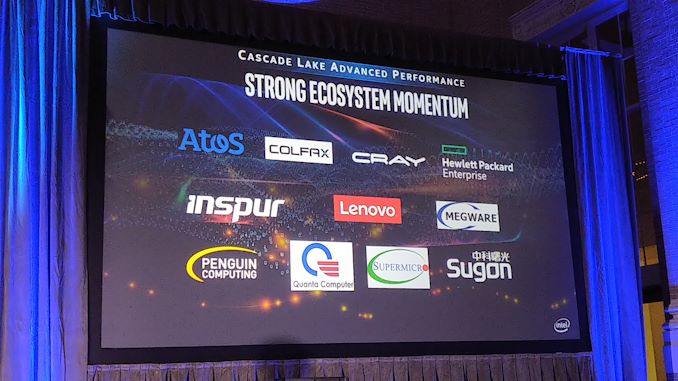
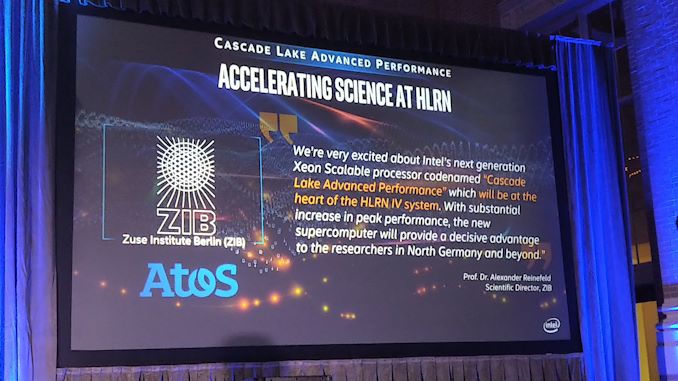

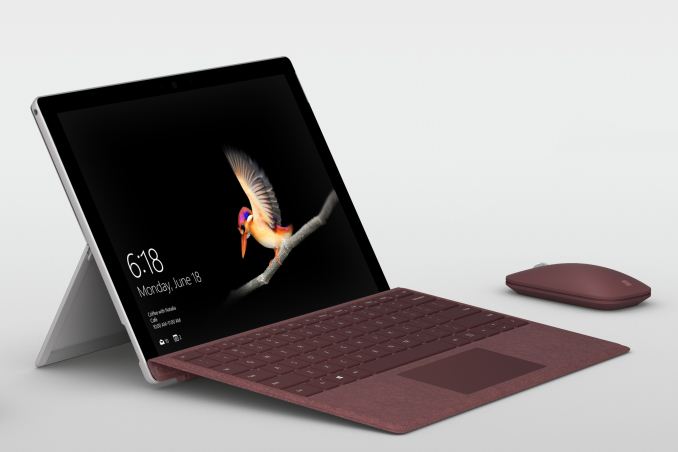
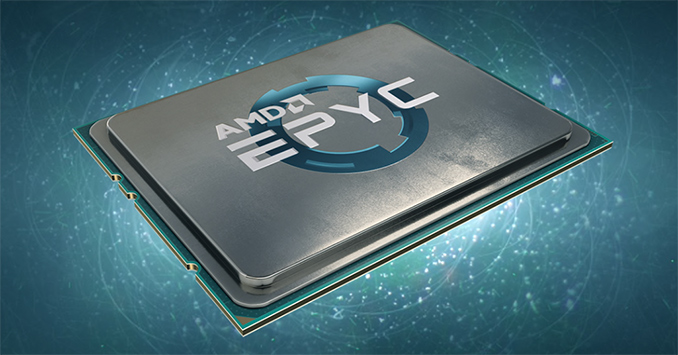
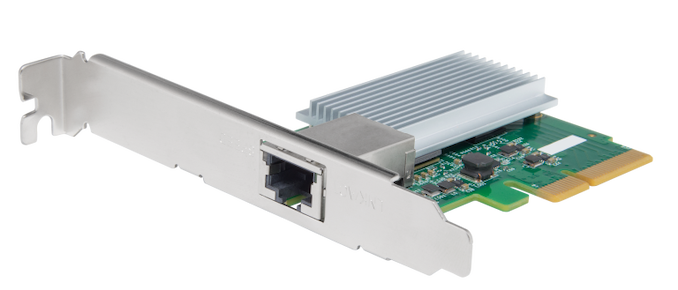
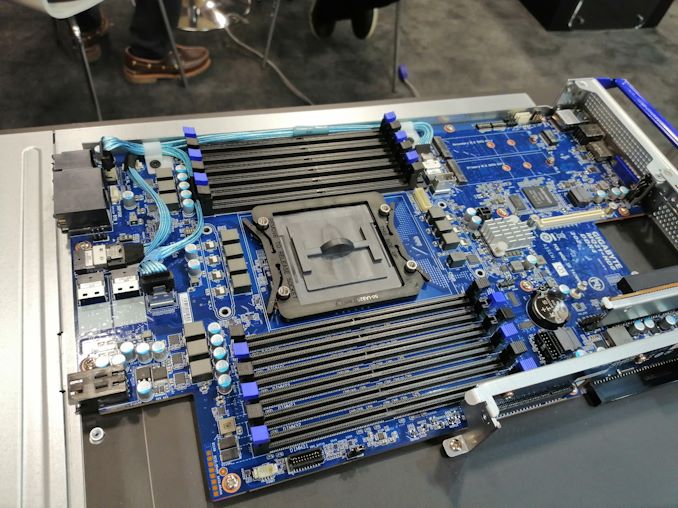
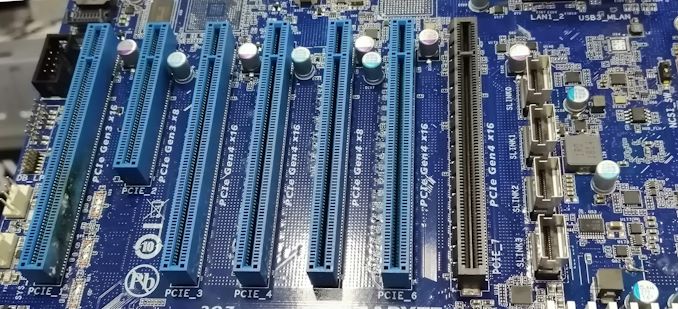
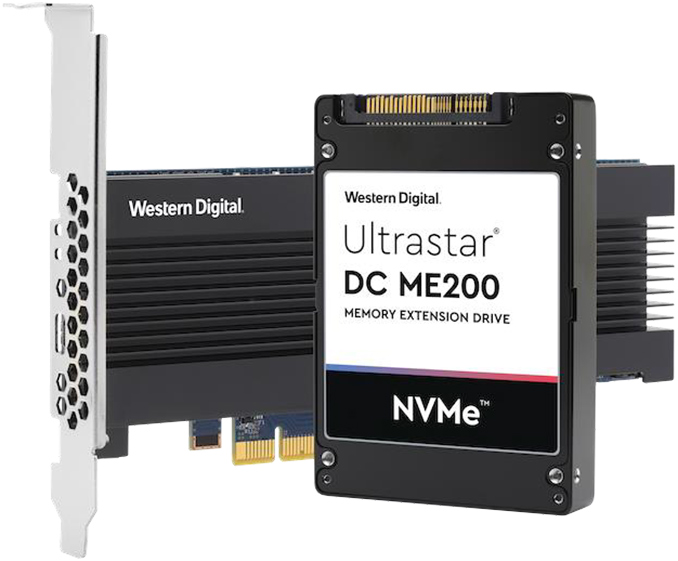
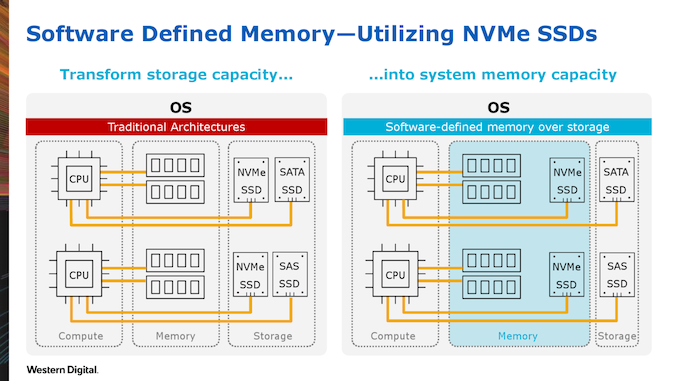

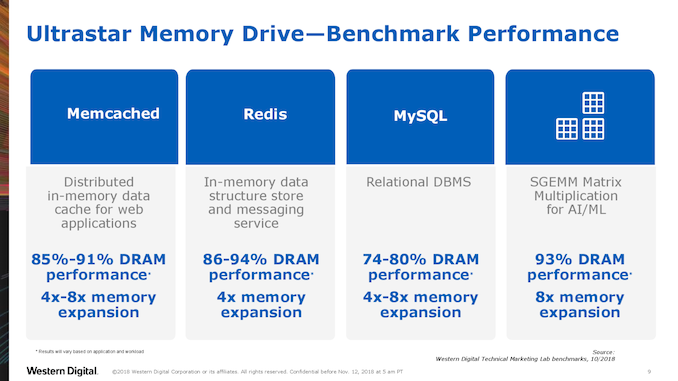

















Bookmarks